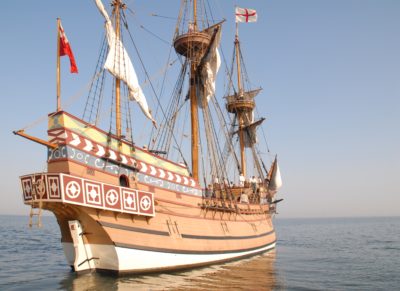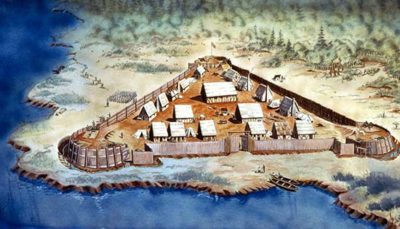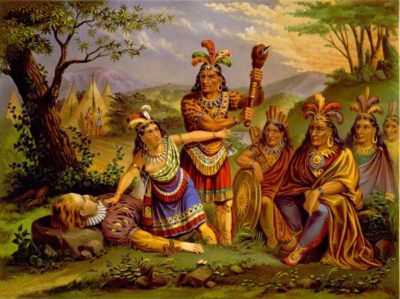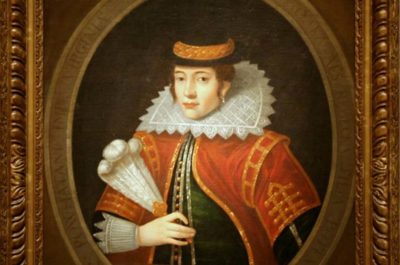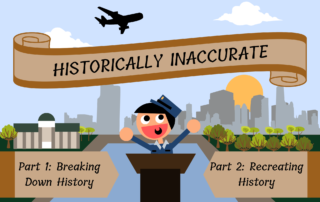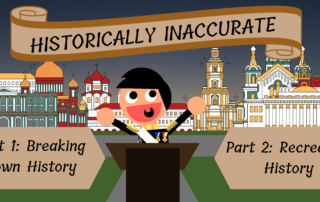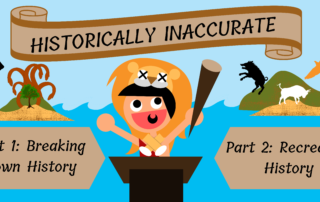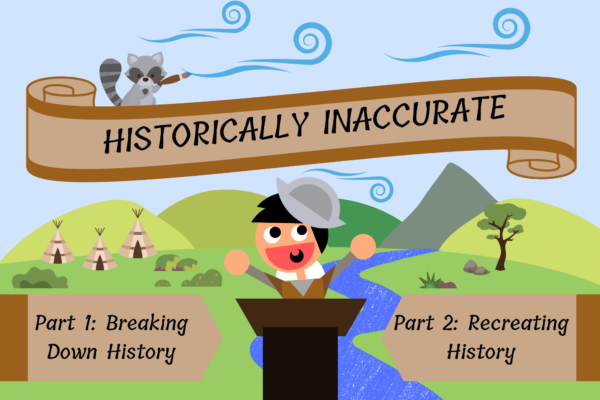
What does a talking tree, a racoon, and a hummingbird have in common? They were all acquainted with Pocahontas…the 1995 Disney film version of her. But what was the real Pocahontas like? Born in the Powhatan tribe, she became famous for her interactions with the settlers of Jamestown, as well as accounts of her saving John Smith from being executed by her tribe. But how accurate is that? Does Disney do her justice and present her like her real-life counterpart? Let’s break it down!
Part I: Breaking Down History
Part II: Recreating History – Corn Pone (6 Servings)
Now that we broke down the historical accuracy of Pocahontas, why don’t we recreate some history? Corn (also known was “maize”) was a staple crop among Native American tribes. Due to its versatility and ability to be dried or ground into cornmeal, it would often be kept in storage for a few years in case of a poor harvest. Corn pone, a type of cornbread, was usually made with cornmeal. Using water, the cornmeal was turned into a dough, flattened, covered with leaves, and layered with hot ashes to bake it.
We will be making a type of corn pone with ingredients they had available at the time:
Ingredients:
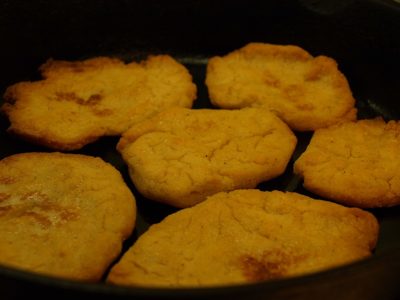
Steps:
- Mix cornmeal and salt.
- Add lard or butter to the mixture.
- Add boiling water and mix thoroughly.
- Add buttermilk (or the milk/vinegar mixture) and mix thoroughly until it becomes a dough.
- Roll 12 equal-sized balls out of the dough and flatten them into small cakes.
- In a large cast-iron skillet (or a large baking sheet), cover the surface with lard or butter and place the cakes on top.
- Cook for 30 minutes in a 375 degree Fahrenheit oven.
- Serve hot with butter, honey, or maple syrup and enjoy!

